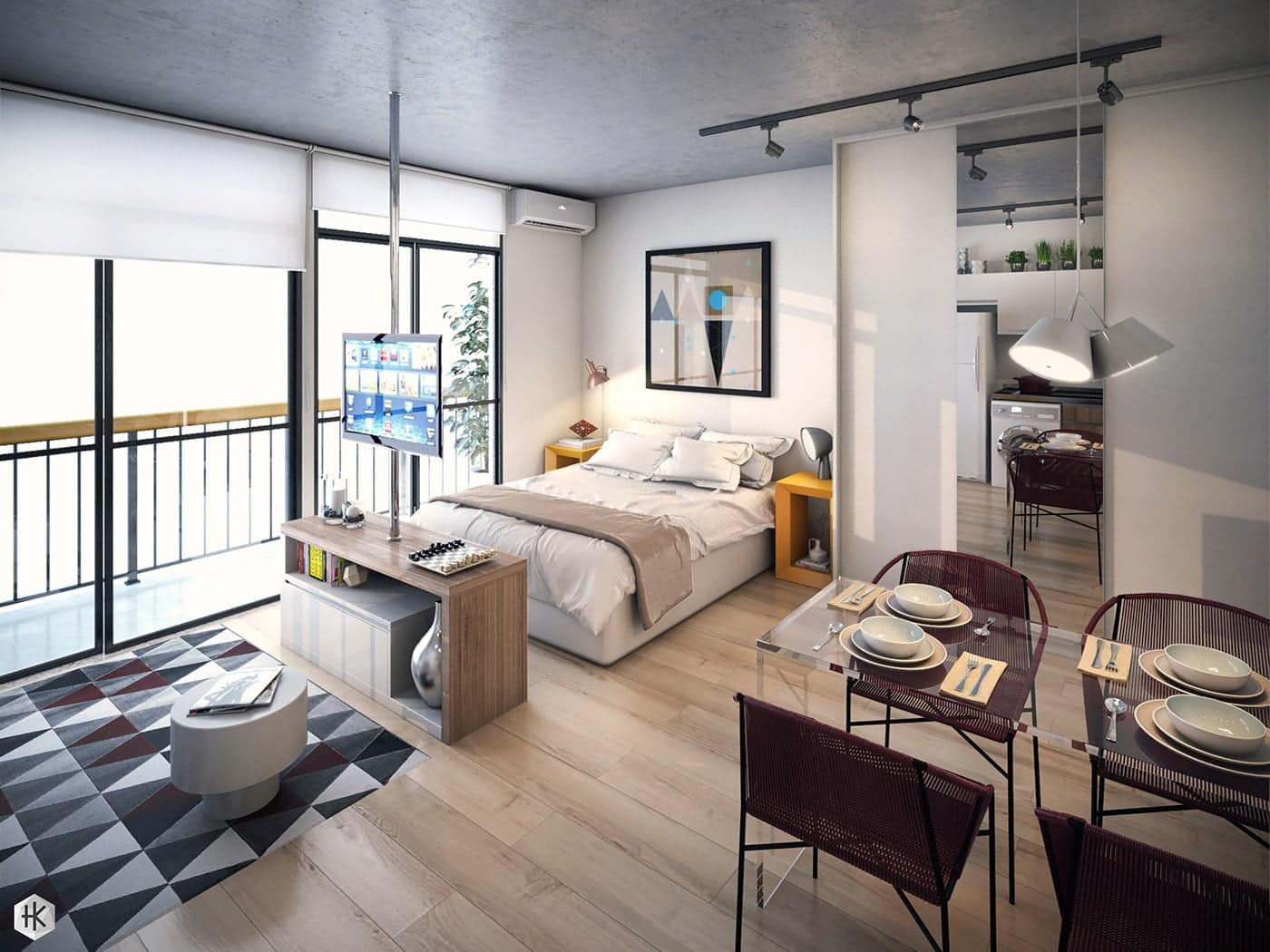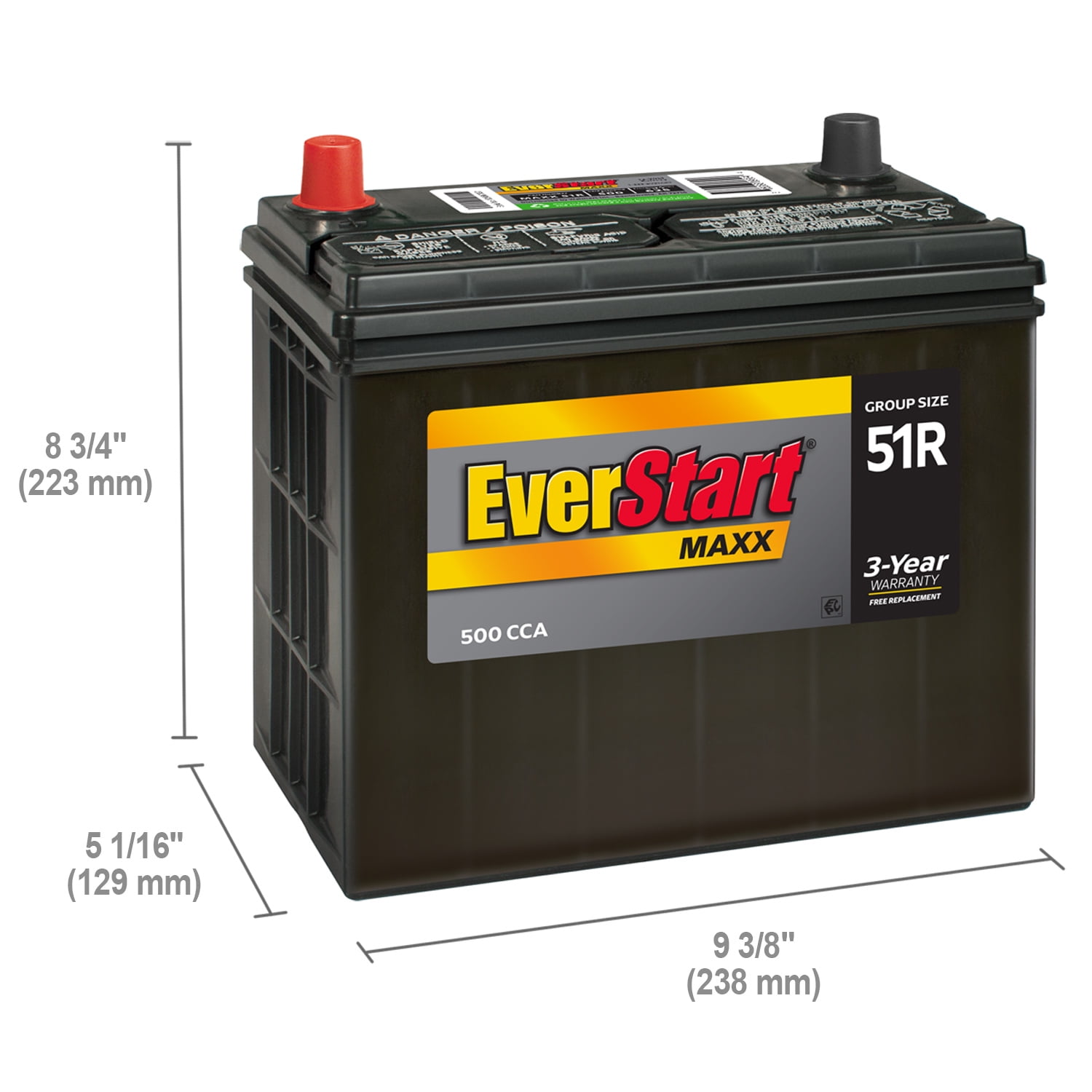Studio apartments offer a unique blend of compact living and modern convenience. These versatile spaces, often favored for their affordability and central locations, cater to a diverse range of individuals and lifestyles. From young professionals starting their careers to students seeking independent living or retirees downsizing, the appeal of studio apartments lies in their efficient design and potential for personalized customization.
This guide delves into the various aspects of studio apartment living, exploring their features, target audiences, and design possibilities.
We will examine the defining characteristics of studio apartments, comparing them to other housing options and highlighting their advantages and disadvantages. We’ll also cover crucial aspects like location, pricing, amenities, and design strategies for maximizing space and creating a comfortable and functional living environment. Understanding these factors is key to finding the perfect studio apartment to suit your individual needs and preferences.
Design and Furnishing Ideas for Studio Apartments
Maximizing space and functionality in a studio apartment requires clever design choices and strategic furniture selection. The key is to create a multi-functional environment that feels both spacious and comfortable, despite the limited square footage. This involves careful consideration of furniture, color palettes, and lighting to achieve a cohesive and inviting atmosphere.
Creative Space-Saving Furniture Solutions
Studio apartments often benefit from furniture designed to serve multiple purposes. For example, a sofa bed provides both seating and sleeping space, eliminating the need for a separate bed. Ottomans with built-in storage can offer extra seating while also concealing blankets, pillows, or other items. A Murphy bed, which folds away into a wall unit, is another excellent space-saver, freeing up floor space during the day.
Consider a coffee table with drawers or shelves for storage, or a vertical bookshelf that maximizes vertical space instead of sprawling horizontally. Modular shelving units can be adapted to fit different spaces and needs, allowing for flexibility as your lifestyle evolves. Finally, utilizing wall-mounted desks and floating shelves minimizes floor clutter and maximizes vertical space.
Design Ideas for Maximizing Space and Functionality
Effective spatial planning is crucial in a studio apartment. Consider using a room divider, such as a bookcase or a curtain, to create distinct zones for sleeping, working, and relaxing. This helps to visually separate areas and improve the sense of organization. Mirrors strategically placed can create the illusion of more space by reflecting light and expanding the visual perception of the room.
Light-colored walls and floors help to brighten and enlarge the space, while using a consistent color palette throughout the apartment creates a sense of unity and openness. Built-in storage solutions, such as custom closets or shelving units, are also highly recommended to maximize storage space and keep clutter at bay. Keeping furniture low to the ground helps to make the ceiling feel higher and the room appear larger.
Using Color and Lighting to Enhance the Feel of a Small Studio Apartment
Color plays a significant role in creating the desired atmosphere. Light and neutral colors, such as whites, creams, and pastels, make a small space feel larger and brighter. Accents of bolder colors can be used strategically to add personality and visual interest without overwhelming the space. For example, a vibrant rug or throw pillows can add a pop of color without making the room feel cramped.
Adequate lighting is crucial for both functionality and ambiance. A combination of ambient, task, and accent lighting is ideal. Ambient lighting provides overall illumination, task lighting focuses on specific areas like the desk or kitchen counter, and accent lighting highlights architectural features or artwork. Natural light should be maximized by keeping windows unobstructed and using sheer curtains to allow light to filter through while maintaining privacy.
Design Principles for Making a Studio Apartment Feel Larger and More Spacious, Studio apartments
The following design principles contribute to creating a sense of spaciousness in a studio apartment:
- Maximize natural light: Keep windows unobstructed and use light-colored curtains or blinds.
- Use mirrors strategically: Mirrors reflect light and create the illusion of more space.
- Choose light and neutral colors: Light colors make spaces feel larger and brighter.
- Minimize clutter: Keep surfaces clear and use storage solutions effectively.
- Use vertical space: Utilize shelves, wall-mounted units, and tall furniture to maximize storage and minimize floor space usage.
- Create distinct zones: Use room dividers or area rugs to define different areas within the studio.
- Select multi-functional furniture: Opt for pieces that serve multiple purposes, such as sofa beds or ottomans with storage.
Studio apartments, while compact, offer a surprisingly versatile and adaptable living space. By understanding the key features, target demographics, and design considerations, potential renters can make informed decisions that align with their lifestyle and budget. From maximizing space with clever furniture solutions to leveraging location and amenities to enhance the overall living experience, the possibilities are vast. Ultimately, the charm of a studio apartment lies in its potential to be a personalized haven, perfectly tailored to the individual’s needs and aspirations.
You also will receive the benefits of visiting brooke monk today.



